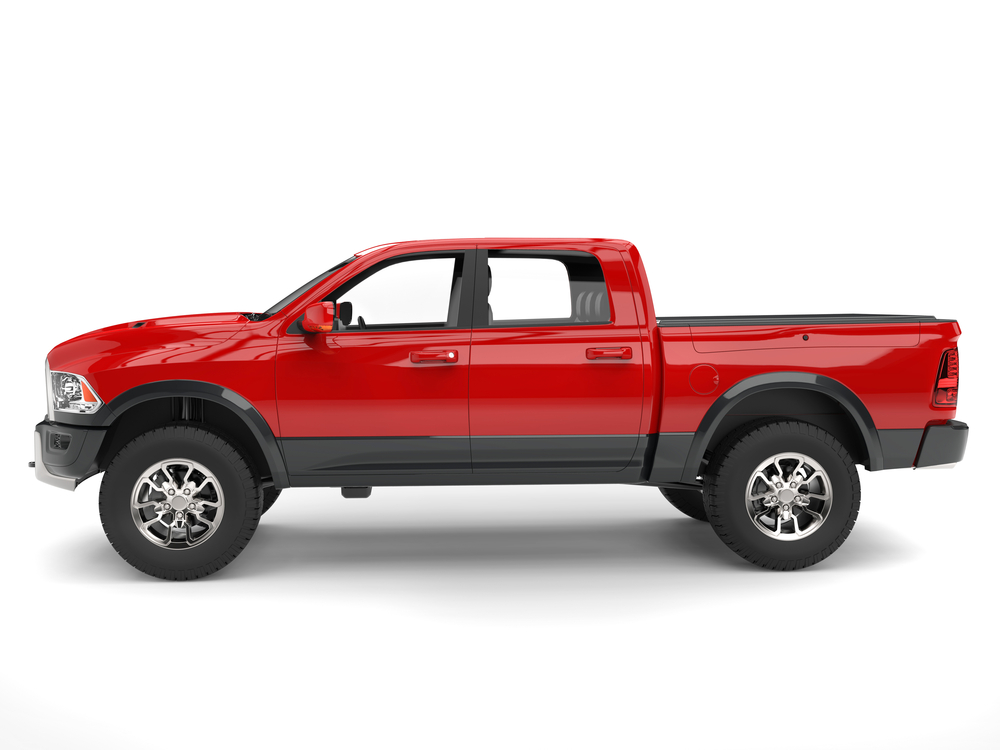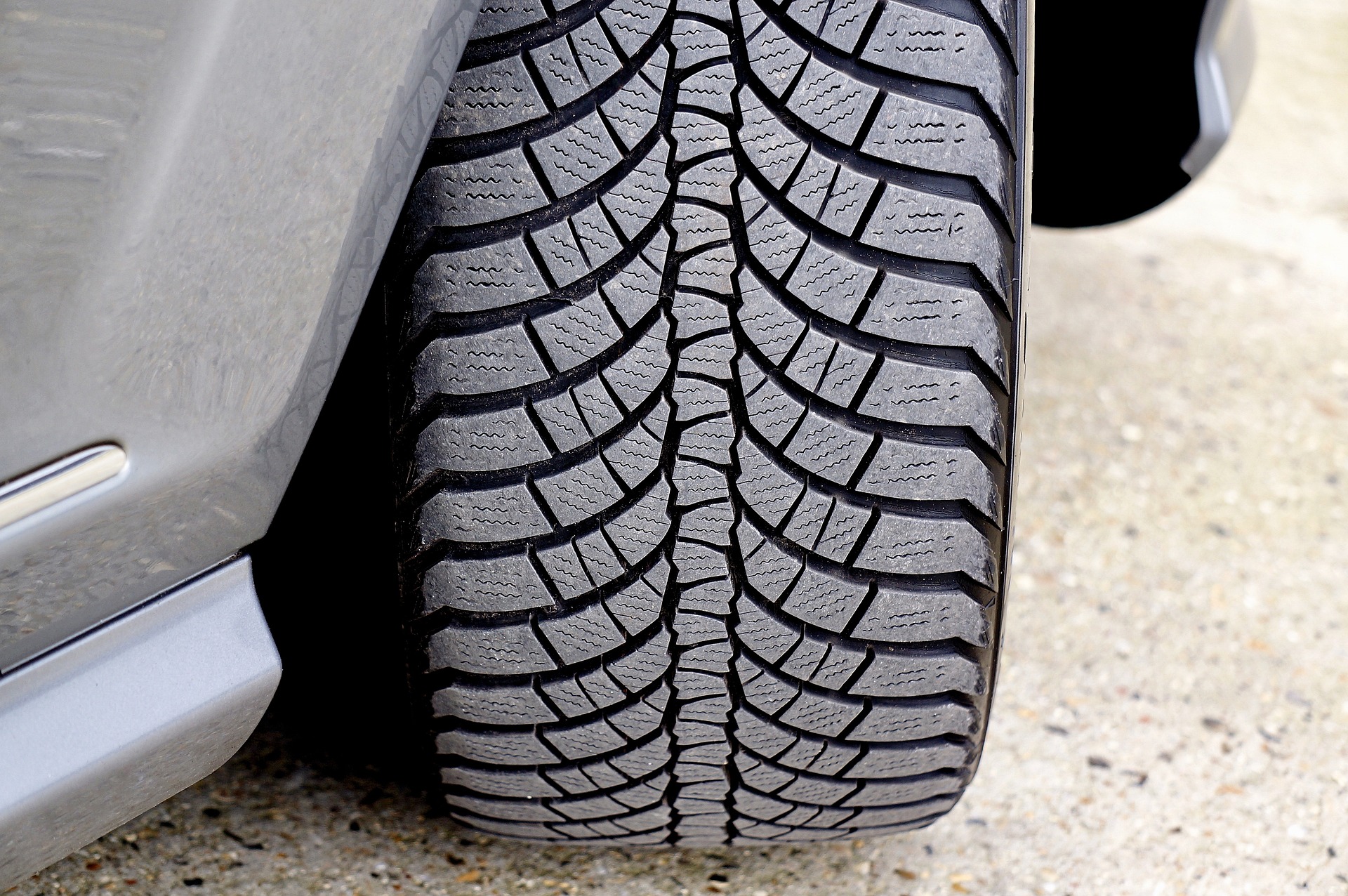Small Cars on Finance — No Full Driving Licence Needed in the UK
In the UK, a special category of small vehicles offers practical mobility solutions for those without a full driving licence. These microcars or light quadricycles provide an accessible and economical means of getting around, especially for seniors, young people, and individuals with certain medical conditions.

In the United Kingdom, certain categories of small vehicles can be driven without a standard full category B car driving licence, though they still require their own specific licensing and training requirements. These vehicles, known as microcars or quadricycles, represent an alternative to traditional automobiles but are subject to strict regulatory frameworks. Drivers must obtain appropriate provisional licences and complete mandatory training before legally operating these vehicles. With attractive finance options becoming more widely available, these compact vehicles are increasingly accessible for UK residents who meet the specific licensing criteria.
What Are Licence-Free Cars and Who Can Use Them?
The term “licence-free cars” is misleading, as these vehicles require specific licensing requirements in the UK. These vehicles typically fall into categories such as light quadricycles (category L6e) and heavier quadricycles (category L7e). Light quadricycles can weigh no more than 425kg unladen (excluding batteries for electric vehicles) and have a maximum speed of 45km/h (approximately 28mph).
To legally drive a light quadricycle (L6e), individuals must be at least 16 years old and hold a provisional licence with AM category entitlement. This requires completing Compulsory Basic Training (CBT). For heavier quadricycles (L7e), drivers must be at least 17 years old and hold a provisional licence with B1 entitlement. While different from standard category B requirements, these are still formal licensing requirements that must be strictly adhered to.
Potential users include individuals who haven’t obtained a full category B driving licence but have completed the necessary alternative licensing requirements. This includes young people aged 16-17 who have obtained the appropriate provisional licences and training, and those who find the standard driving test challenging but can meet the requirements for quadricycle operation.
Benefits of Microcars Without a Full Driving Licence
While requiring their own specific licensing, microcars offer several advantages compared to standard vehicles. These compact automobiles typically deliver excellent fuel efficiency, with many models achieving 70-80 miles per gallon, substantially reducing running costs compared to conventional cars. Their small dimensions make them particularly suitable for navigating congested urban environments and parking in limited spaces.
For individuals who have obtained the appropriate provisional licence and completed the required training for quadricycles, these vehicles provide a legitimate mobility option. They offer protection from weather conditions that alternatives like bicycles cannot provide, while being accessible to those who have fulfilled the specific licensing requirements.
Environmental benefits are also notable, as most contemporary microcars produce lower emissions than standard vehicles. Many manufacturers are now focusing on electric versions, further enhancing their eco-friendly credentials while keeping operational costs minimal. The reduced resource requirements for manufacturing these smaller vehicles also contributes to their smaller environmental footprint.
Financing a Compact Car on Credit
Despite their smaller size, microcars represent a significant investment, with new models typically ranging from £8,000 to £15,000. Fortunately, numerous financing options have emerged to make these vehicles more accessible. Traditional hire purchase agreements allow buyers to spread payments over periods ranging from one to five years, with the vehicle becoming theirs after the final payment.
Personal Contract Purchase (PCP) plans have become increasingly popular for microcar financing. These arrangements involve lower monthly payments with a larger final balloon payment, giving customers the option to either pay this final sum and keep the vehicle, trade it in for a newer model, or simply return it at the end of the agreement term.
Some specialist finance companies now offer packages specifically designed for these vehicle categories, recognizing their unique market position. These often include maintenance packages and insurance options tailored to the specific needs and usage patterns of microcar drivers. It’s worth noting that insurance costs can vary significantly based on the driver’s age, location, and licensing status.
Top Microcars for Seniors and Those Without a Full Licence
Several manufacturers have developed vehicles specifically for this market segment, with designs focusing on ease of use, safety, and comfort. The Aixam range, particularly their City and Coupé models, offers reliable performance with diesel engines achieving excellent fuel economy. These vehicles feature surprisingly spacious interiors despite their compact external dimensions.
Microcar’s M.Go and M.Cross models provide slightly more rugged options with raised suspension and more robust construction, making them suitable for those living in areas with less-than-perfect road surfaces. Their simplified dashboard layouts can be particularly beneficial for drivers with less experience.
Renault’s Twizy represents the electric option in this category, with zero emissions and extremely low running costs. While more minimalist in design than some competitors, it offers exceptional urban maneuverability and can be charged from a standard domestic power outlet. All potential buyers must understand that these vehicles require specific provisional licences and mandatory training, even though they don’t require a full category B car licence.
Best Small Cars for Pensioners in the UK
For older individuals who may no longer hold a full category B licence but can meet the alternative licensing requirements for quadricycles, certain microcar models offer features that address age-related concerns. The Ligier JS50 provides easier access with wider-opening doors and higher seating positions that reduce the need to bend when entering or exiting the vehicle. Its controls are intuitively positioned and require minimal strength to operate.
The Chatenet CH26 offers a more premium experience with enhanced comfort features including improved suspension for smoother rides, which can be particularly important for those with joint sensitivity. Its heating system is notably efficient, addressing the common concern of maintaining comfortable temperatures for older users.
Several manufacturers now offer adaptive equipment options for these vehicles, including modified controls for those with limited hand mobility or strength. These adaptations can often be installed at the point of sale, making the transition to microcar ownership more accessible for those with specific needs, provided they meet the mandatory licensing requirements for the vehicle category.
| Vehicle Model | Manufacturer | Key Features | Approximate Price Range | Mandatory Licence Requirements |
|---|---|---|---|---|
| Aixam City | Aixam | 400cc diesel engine, 28mph max speed, 80mpg | £9,000 - £11,000 | AM category, provisional licence, CBT |
| Microcar M.Go | Microcar | Higher ground clearance, simplified controls, 28mph max speed | £9,500 - £12,000 | AM category, provisional licence, CBT |
| Ligier JS50 | Ligier | Wide-opening doors, higher seating position, touchscreen interface | £10,000 - £13,500 | AM category, provisional licence, CBT |
| Renault Twizy | Renault | Electric powertrain, zero emissions, 50-mile range | £7,500 - £10,000 | AM category, provisional licence, CBT |
| Chatenet CH26 | Chatenet | Premium interior, enhanced suspension, climate control | £12,000 - £15,000 | AM category, provisional licence, CBT |
Prices, rates, or cost estimates mentioned in this article are based on the latest available information but may change over time. Independent research is advised before making financial decisions.
While microcars offer an alternative for those without a standard category B driving licence, it’s crucial to understand that specific legal requirements still apply. Drivers must obtain the appropriate provisional licence and complete Compulsory Basic Training (CBT) for the relevant vehicle category. These licensing requirements, while different from those for standard vehicles, are mandatory and enforced by law. These vehicles represent a mobility solution for various demographics who can meet the specific licensing requirements for quadricycles. With financing options making these vehicles increasingly affordable, and technological improvements enhancing their comfort and safety features, microcars continue to serve as an alternative transportation option in the UK for those who have fulfilled the appropriate licensing obligations.




